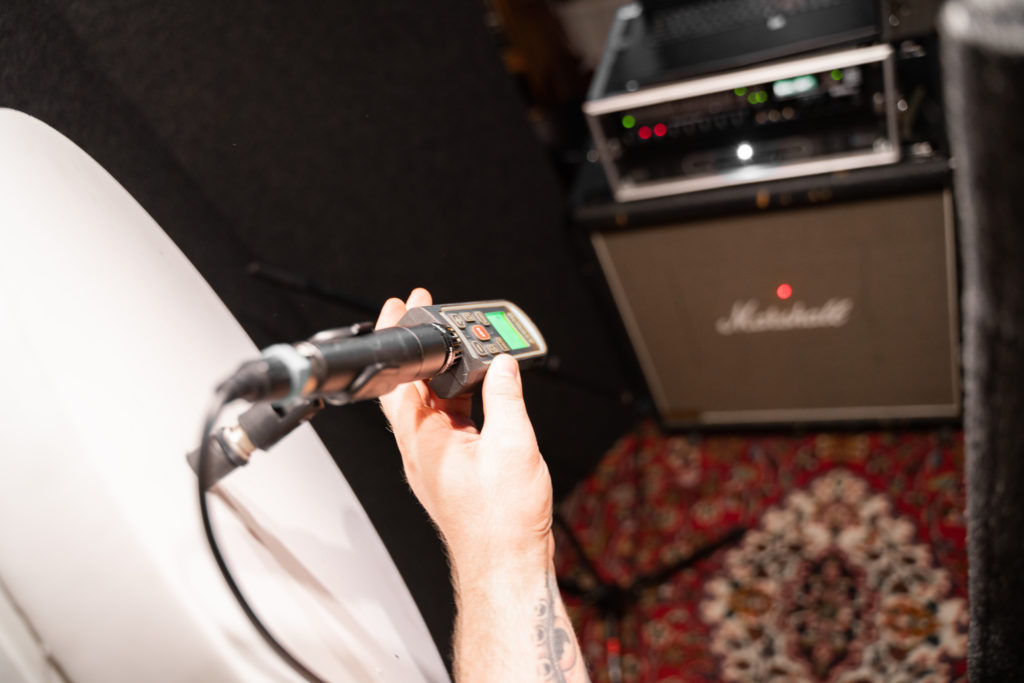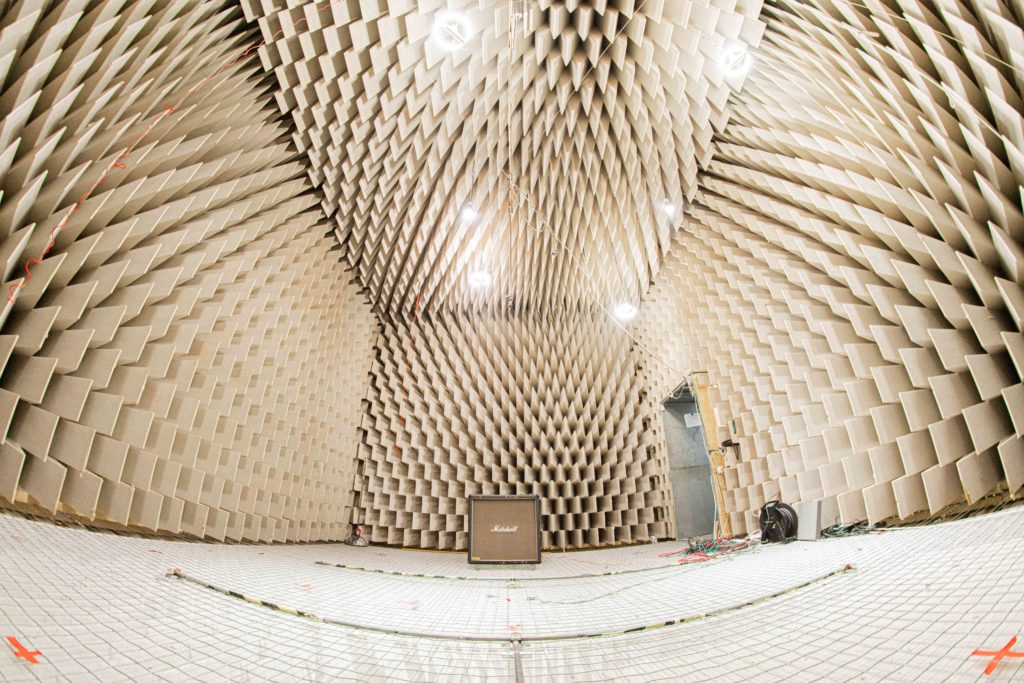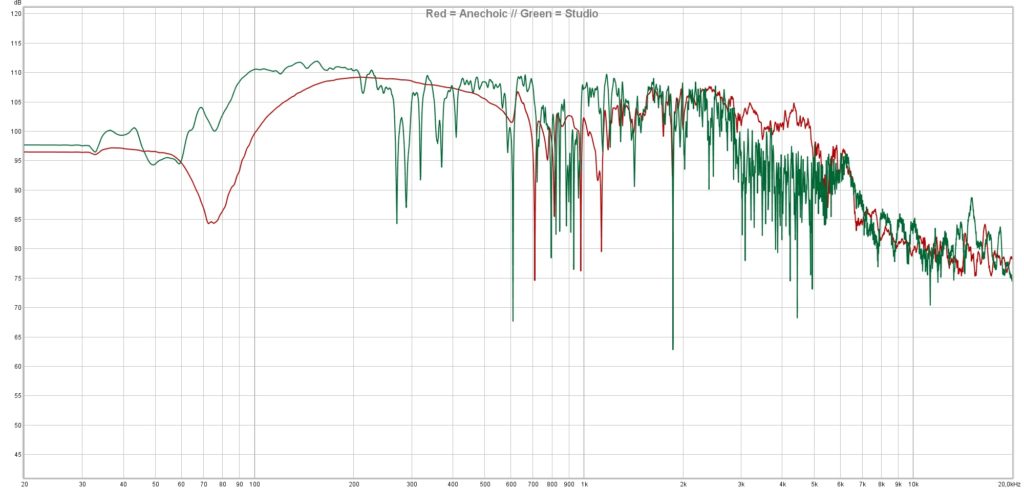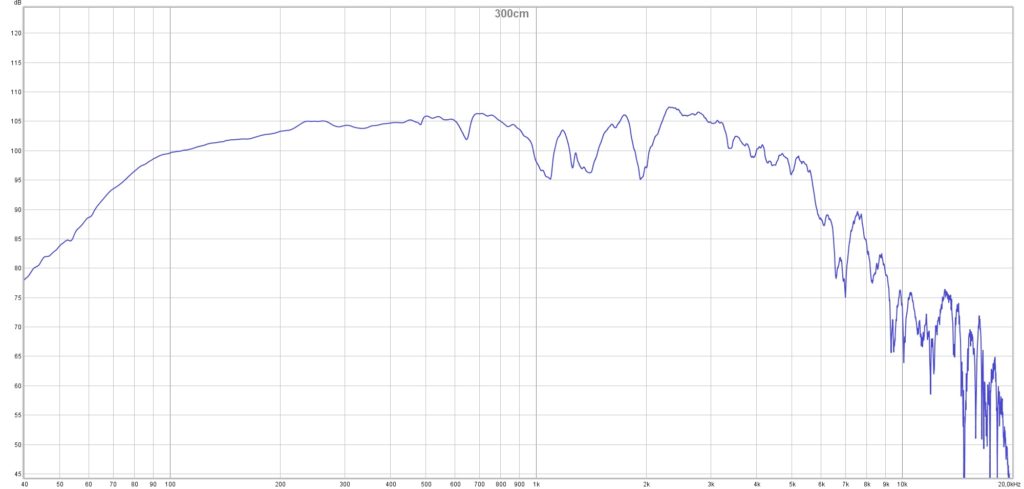IRT – Munich Anechoic Chamber IRS (Studio vs. Anechoic )
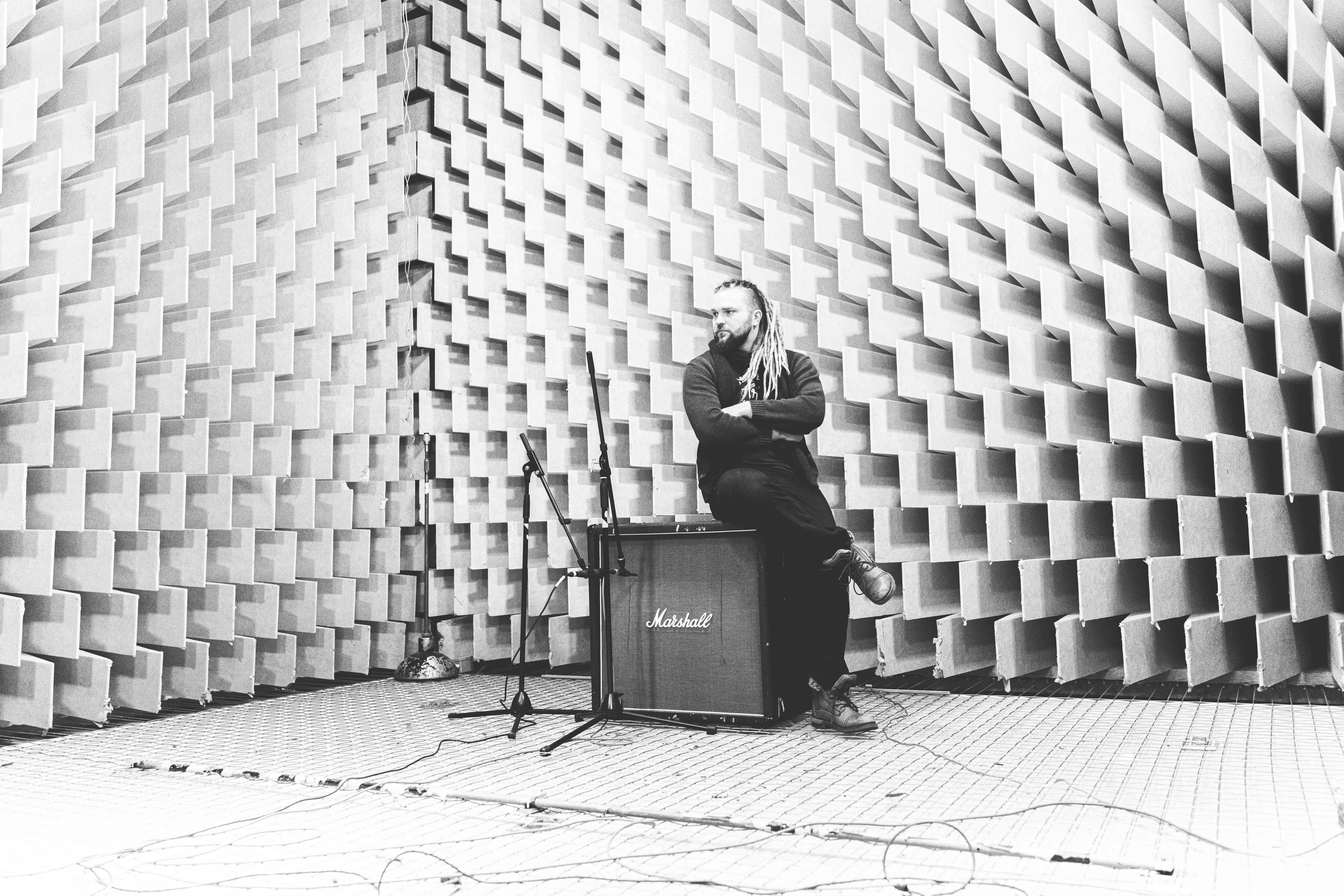
For my Bachelor Thesis i rented the anechoic chamber of the IRT munich. I made IRs and virtual cabinets there.
One thing was drastically different this time. I wanted to know exactly how the anechoic chamber compared to IRs made in a studio. So i captured the same two cabs in both room with the exact positioning of the mics.
As you can see in the pictures I used a thin thread to get the close mics exactly the same. The far mics had the same height and the distance was measured with a laser pointing to the same thread (the pictures are made while I prepared the setup so they do not show the correct positioning). After documenting all distanced it reproduced the same setup one day later the the anechoic chamber of the IRT Munich.
Surprisingly I did not expect differences in the close mics except in the lower noise floor of these rooms. But they showed a smoother response on the graphs. This difference is barely audible though.
The low noise floor leads to cleaner IRs and smoother IRs and the massively reduced reflections lead to an uncolored tone. They are not completely reflection-free. The IRT works down to 80Hz the DIT down to 50Hz. But since this is cut anyway in a mix I do not worry about that much.
Another great advantage compared to other techniques that reduce reflections is that the mic placement is relatively free and since the walls absorb most of the reflections there is not late reflection. Also, the ultra-low noise floor helps.



